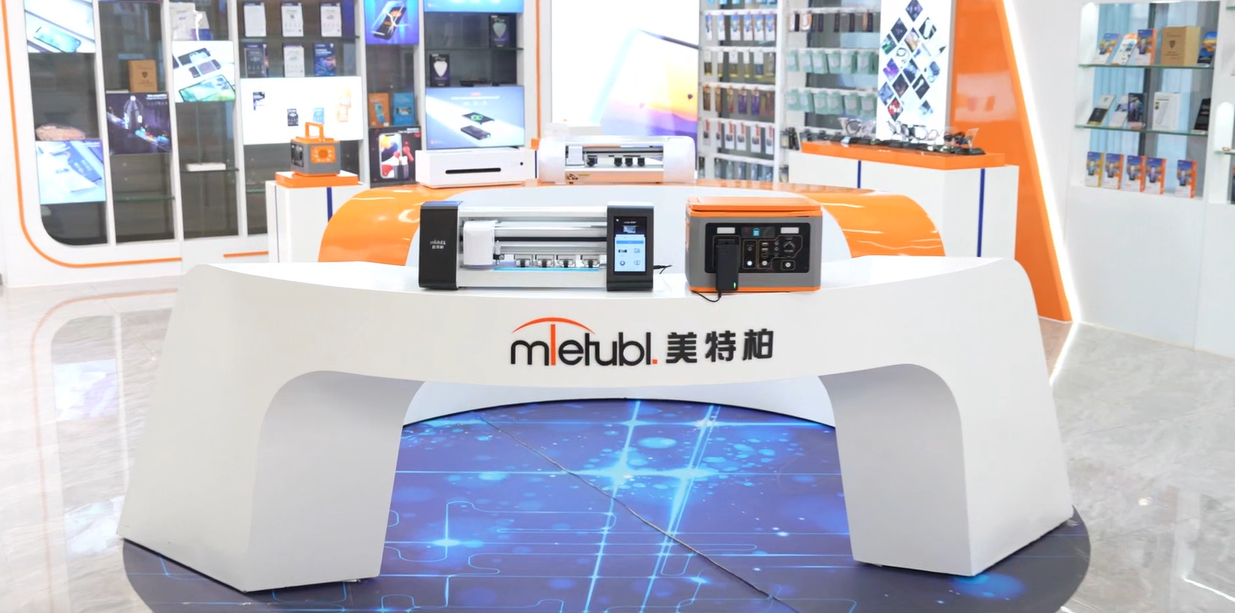
MIETUBL Brand Overview
MIETUBL is a brand originating from China and thriving through China’s intelligent manufacturing. It is committed to providing high-quality mobile accessories and related products to global consumers. Since its inception in 1998, the brand has followed the trends of the times, focusing on resource integration and building a symbiotic and shared industry ecosystem, enabling global consumers to conveniently access quality products that enhance their lives.
By continuously innovating and diversifying its product offerings, MIETUBL has achieved significant success in the mobile accessory industry. As a brand driven by customer value and innovation, MIETUBL has expanded into various product applications while accumulating rich industry experience and establishing a stable customer base. Headquartered in Zengcheng, Guangzhou, the company has strategically positioned itself within the mobile accessory industry, integrating high-quality production resources and aiming for a win-win business model.
Core Values and Development Vision:
-
Customer-Centric: MIETUBL always prioritizes customer needs, continually enhancing product quality and consumer experience through innovation and technological research and development.
-
Resource Integration and Industry Symbiosis: By integrating industry resources, MIETUBL creates a symbiotic, shared industry ecosystem, connecting global distributors and consumers, and promoting mutual growth across the value chain.
-
Global Vision: MIETUBL is committed to bringing Chinese manufacturing to the world, providing global consumers with high-quality, innovative mobile accessories, while offering profitable opportunities for distributors.
MIETUBL’s long-term vision is to continually enhance its products through innovation and quality, establishing “MIETUBL” as a globally trusted brand, recognized in markets around the world.
PRODUCTS
How to Identify if Glass Is Tempered or Untempered
Visual Inspection for Polarized Light
One of the simplest methods involves using polarized light. Tempered glass exhibits a characteristic birefringence, meaning it interacts with polarized light differently than annealed glass. To perform this test, you'll need a pair of polarized sunglasses or filters. Hold the glasses up to the glass at a slight angle and rotate them slowly. If the glass is tempered, you'll observe interference patterns or colors, often shimmering rainbow-like hues, shifting as you rotate the polarized lenses. These patterns are a result of the internal stress created during the tempering process. The absence of these patterns suggests the glass is untempered, though it's not definitive proof.
However, the intensity of these colors can vary based on the thickness of the glass and the quality of the polarizing filter. A faint shimmer might be difficult to interpret, making this method less reliable in certain cases. Always consider other methods alongside visual inspection with polarized light for a more conclusive result.
The Edge Examination Technique
A careful examination of the glass edges can also provide valuable clues. Tempered glass undergoes a high-temperature heating and rapid cooling process during manufacturing. This process creates characteristic edge features that distinguish it from untempered glass. Examine the edges closely; tempered glass typically exhibits a slightly rolled or rounded edge, almost like a very subtle bevel. This is in contrast to untempered glass, which generally has a sharper, more clearly defined edge.
The degree of rounding can vary depending on the thickness of the glass and the tempering process. Very thin tempered glass may show minimal rounding, making this test less reliable in such cases. Combining edge examination with other methods like the polarized light test significantly improves accuracy.
The Fracture Pattern Test (Caution Advised!)
This method requires extreme caution and should only be performed on a small, insignificant piece of glass that poses no risk to personal safety. Breaking a piece of glass intentionally can be dangerous. If you must attempt this test, always wear safety glasses and gloves. Tempered glass, when broken, fragments into small, relatively harmless, cube-shaped pieces, due to the internal stress. Untempered glass, on the other hand, breaks into sharp, jagged shards. The difference in the fracture pattern is significant.
This test, while highly effective in determining the type of glass, is the most hazardous and should only be used as a last resort when other methods are inconclusive and the risk is minimal. Always prioritize safety and consider the potential consequences before attempting this test.
Specialized Testing Methods
For precise identification, particularly in critical applications like automotive safety glass, specialized laboratory testing is recommended. These methods often involve advanced techniques like stress analysis using optical methods or mechanical testing to measure the glass's strength and fracture behavior. These methods are more precise but are not readily available to the general public and require specialized equipment.
While home testing methods can provide helpful clues, they shouldn’t replace professional assessments when dealing with safety-critical glass applications. Consulting with a qualified glazier or materials scientist is recommended if there are doubts or concerns about the glass type.
SUBSCRIBE
INQUIRY